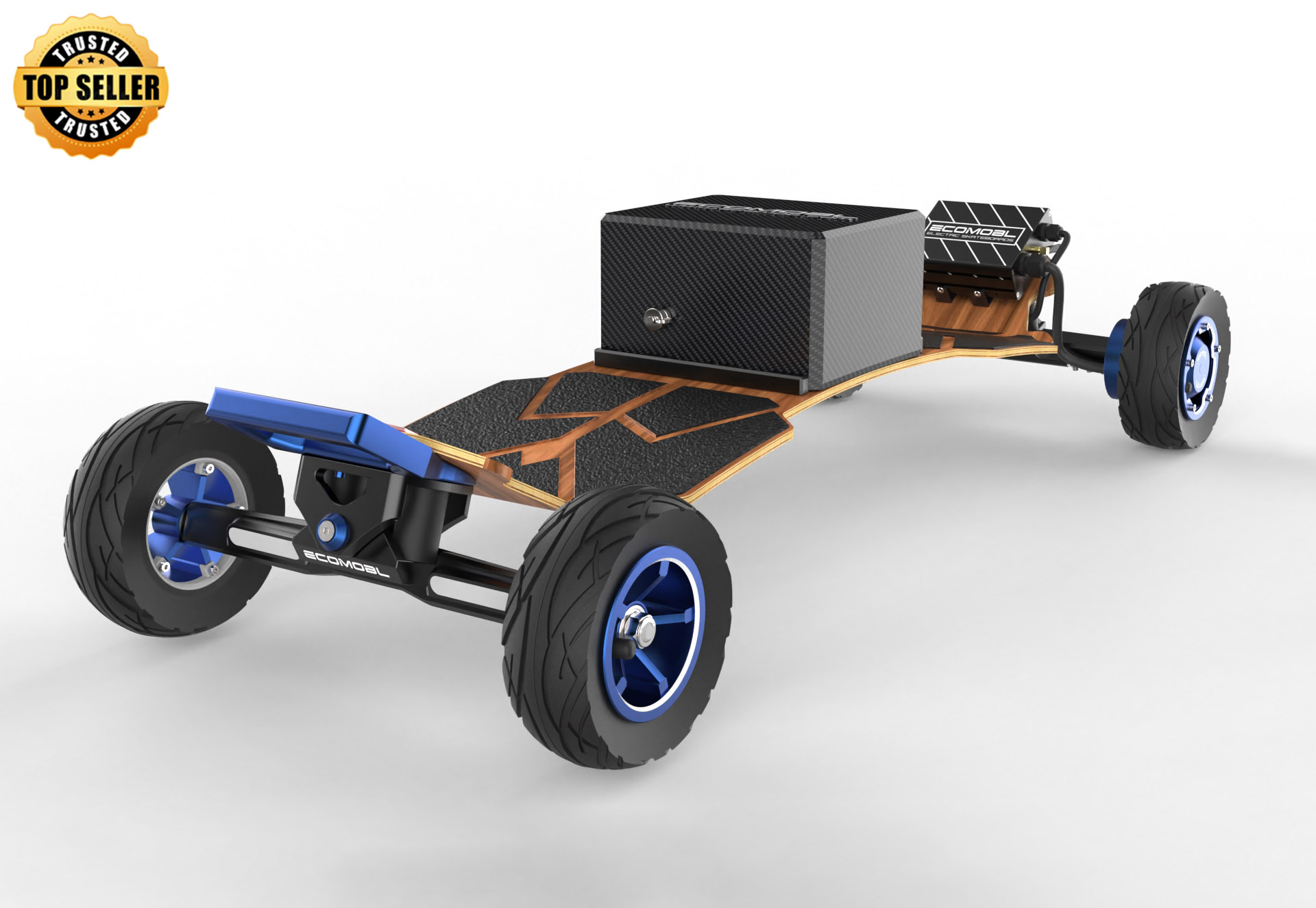Unleash Adventure: Discover Your Perfect Electric Mountain Board Today!
Electric mountain boards have revolutionized the way adventure seekers explore the great outdoors. These innovative boards combine the thrill of traditional mountain boarding with the added power of electric propulsion, making them an attractive option for riders who crave the adrenaline rush of downhill action and the freedom to traverse varied terrains. As more people discover the joys of electric mountain boarding, its popularity continues to rise. The benefits are clear: electric boards allow riders to cover greater distances effortlessly, tackle steeper hills, and enjoy longer rides without the fatigue that often accompanies traditional boards. Whether you're an experienced rider or a newcomer eager to embrace the excitement, the journey to finding the perfect electric mountain board promises to be an exhilarating one.

Understanding Electric Mountain Boards
Electric mountain boards are specially designed to enhance the riding experience by incorporating electric motors and batteries, setting them apart from traditional boards that rely solely on physical effort. The technology behind these boards includes powerful brushless motors that provide instant torque and impressive acceleration, allowing riders to conquer challenging hills and rugged terrains with ease. Typically, electric mountain boards are equipped with lithium-ion batteries, which offer a longer lifespan and quicker charging times compared to older battery technologies. Riders can choose from various motor specifications, which can significantly impact performance. For instance, some boards feature dual motors for increased power and traction, while others may offer single motor setups for a more lightweight option. Understanding these differences is essential for selecting a board that fits your riding style and adventure goals.
Key Features to Consider When Choosing an Electric Mountain Board
When selecting an electric mountain board, several key features should be top of mind. First and foremost is the board's range, which indicates how far you can ride on a single charge. Depending on your intended use, you may want a board with a longer range for extended exploration or shorter options for quick thrill rides. Speed is another crucial factor; many boards can reach speeds of 20 mph or more, offering exhilarating rides. Weight capacity is important too, especially if you plan to carry additional gear. Additionally, consider the board's terrain adaptability. Some boards excel on rugged trails, while others are designed for smoother surfaces. Build quality and durability should not be overlooked, as a well-constructed board will withstand the wear and tear of outdoor adventures, ensuring a long-lasting investment.
Comparing Different Models and Types
The market for electric mountain boards is diverse, with various models and types to suit different riding preferences. For instance, some boards are tailored for off-road enthusiasts, featuring larger wheels and enhanced suspension systems that provide better shock absorption on rough terrains. Others may be more suited for urban environments, designed with smaller wheels and a streamlined shape for agility and ease of maneuverability. It's essential to weigh the pros and cons of each type; while off-road boards typically offer superior performance in rugged conditions, they may be heavier and less portable for everyday use. Conversely, urban boards might sacrifice some durability for a lighter, more compact design. Personal anecdotes from friends who have ventured into electric mountain boarding suggest that the best model often depends on individual needs and riding styles, emphasizing the importance of trying out different boards before making a decision.
Safety Tips and Best Practices for Riding Electric Mountain Boards
Safety should always be a priority when riding electric mountain boards. Investing in quality safety gear, including helmets, knee pads, and elbow pads, can help protect against injuries. It's also advisable to familiarize yourself with riding techniques to maintain balance and control, especially at higher speeds. Additionally, understanding local laws and regulations regarding electric mountain boards is crucial, as some areas may have restrictions on where and how you can ride. Taking the time to educate yourself on these aspects can enhance your riding experience and ensure that you stay safe while enjoying the thrill of electric mountain boarding.
Final Thoughts on Electric Mountain Boarding
In summary, electric mountain boards offer an exciting way to explore outdoor terrains while enjoying the benefits of electric propulsion. By understanding the unique features of these boards, comparing different models, and prioritizing safety, you can make an informed decision that aligns with your adventure goals. As you embark on your journey to find the perfect electric mountain board, remember to consider your individual needs and preferences. With the right equipment, the thrill of adventure awaits, inviting you to discover new paths and broaden your horizons in the great outdoors.











تعليقات